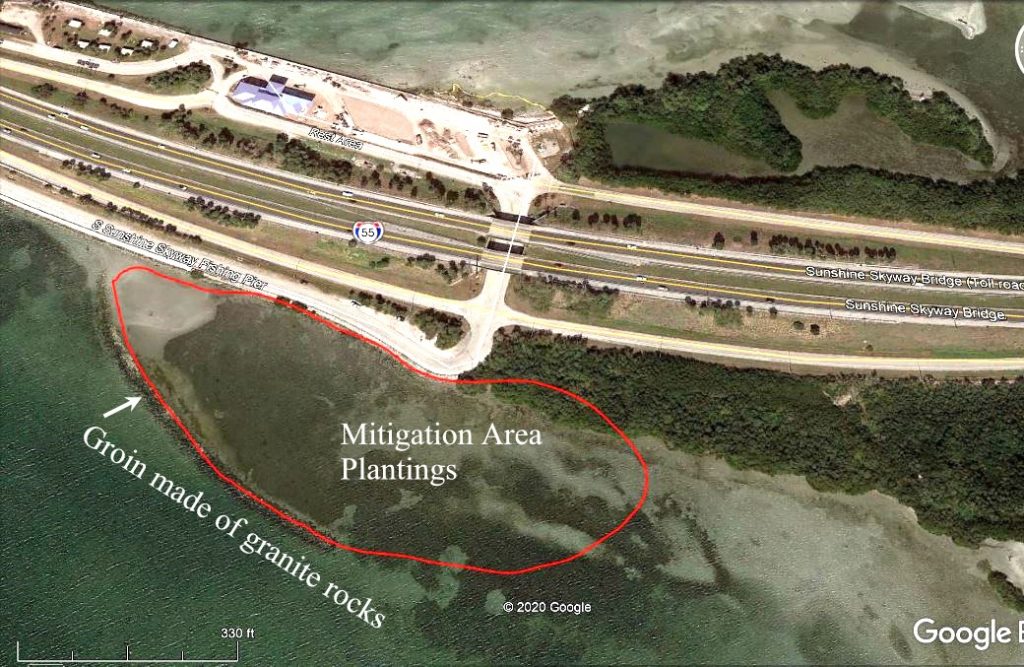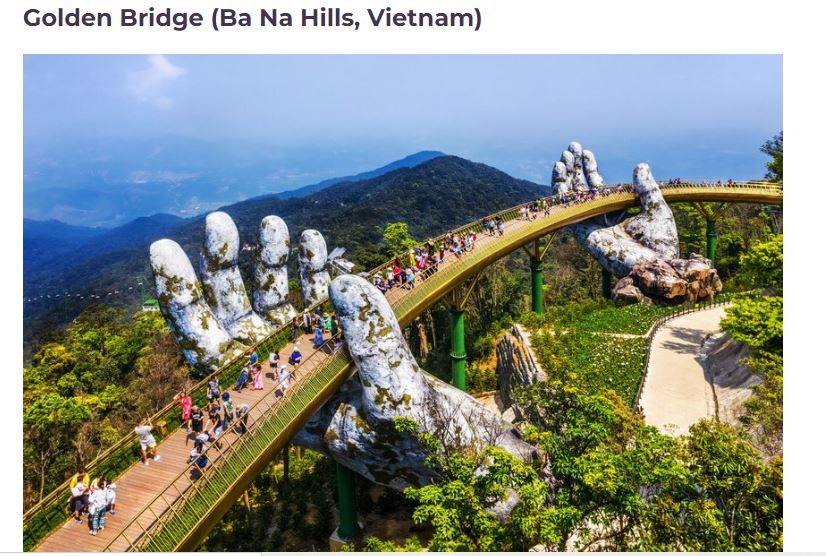
There are more than half a million bridges in the United States, and you rely on them every day to cross obstacles like rivers, streams, valleys, and railroad tracks. But do you know how they work? Engineers must consider many things — like the distance to be spanned and the types of materials available — before determining the size, shape, and overall look of a bridge.
Since ancient times, engineers have designed three major types of bridges to withstand all forces of nature: beam bridges, truss bridges and suspension bridges.
The beam bridge…consists of a horizontal beam supported at each end by piers. The weight of the beam pushes straight down on the piers. The farther apart its piers, the weaker the beam becomes. This is why beam bridges rarely span more than 250 feet. NOTE: The blue arrows indicate tension (pulling apart), the red arrows represent compression (pushing together).
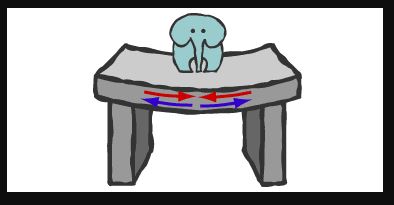
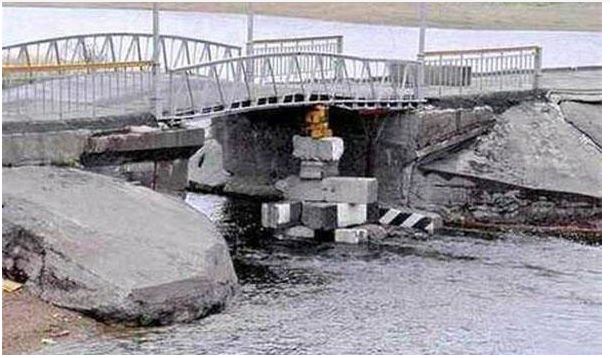

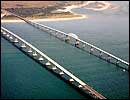
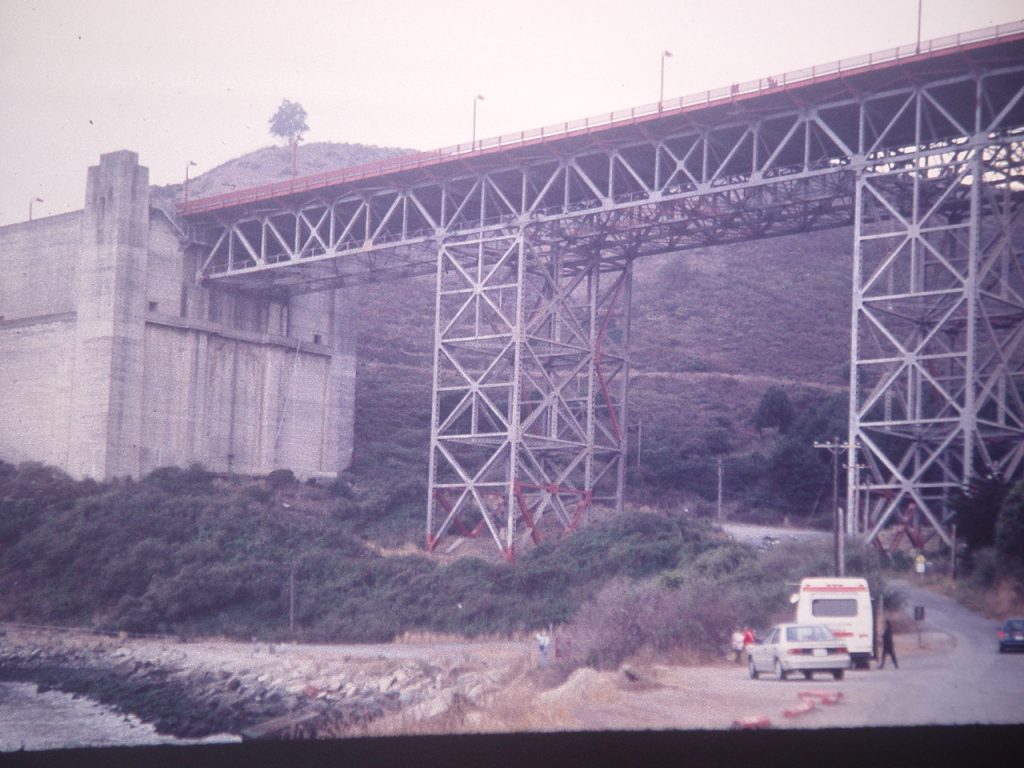
The truss bridge…
consists of an assembly of triangles. Truss bridges are commonly made from a series of straight, steel bars. NOTE: The blue arrows indicate tension (pulling at each end), the red arrows represent compression (pushing down).
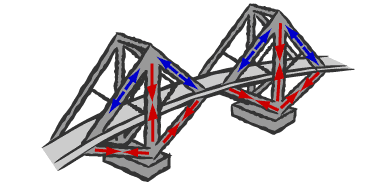
The Firth of Forth Bridge in Scotland is a cantilever bridge, a complex version of the truss bridge. Rigid arms extend from both sides of two piers. Diagonal steel tubes, projecting from the top and bottom of each pier, hold the arms in place. The arms that project toward the middle are only supported on one side, like really strong diving boards. These “diving boards,” called cantilever arms, support a third, central span.
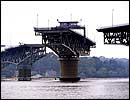
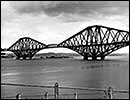
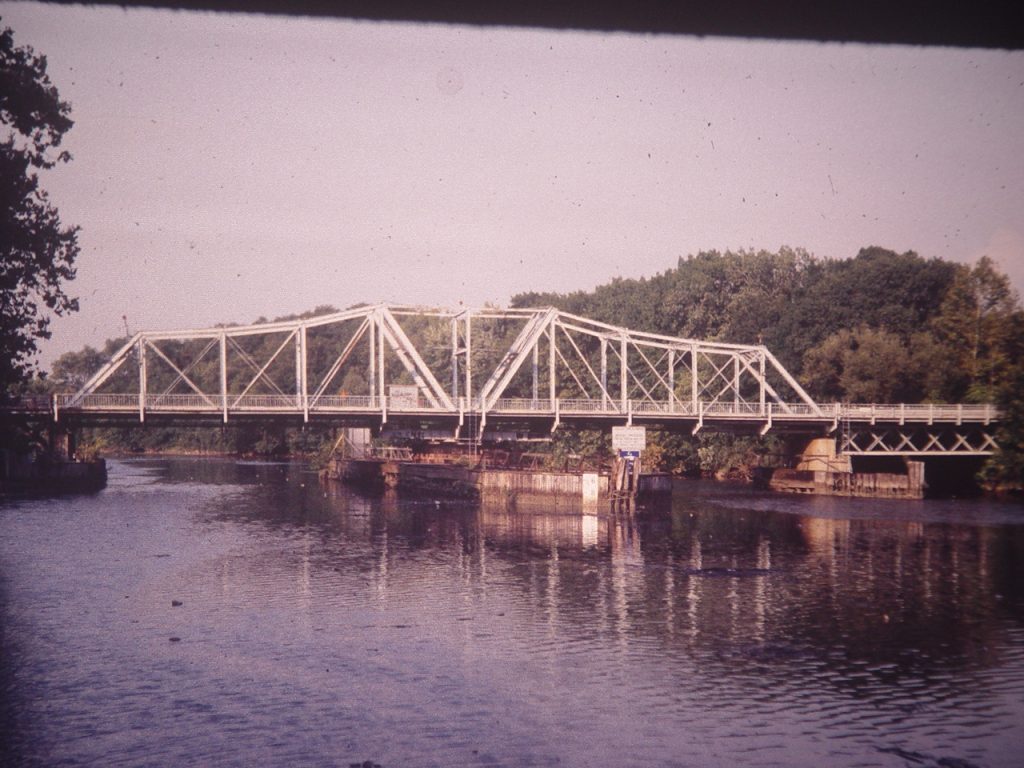
The arch bridge…has great natural strength. Thousands of years ago, Romans built arches out of stone. Today, most arch bridges are made of steel or concrete.

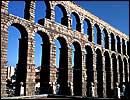

Building an arch bridge isn’t easy, since the structure is completely unstable until the two spans meet in the middle. For years, engineers used a technique called centering, in which a wooden form supported both spans until they locked together at the top. A newer method supports the spans using cables anchored to the ground on either side of the bridge. This is how the New River Gorge Bridge in West Virginia was built.

Next is the Suspension Bridge.
The suspension bridge can span 2,000 to 7,000 feet — much farther than any other type of bridge! Most suspension bridges have a truss system beneath the roadway to resist bending and twisting.
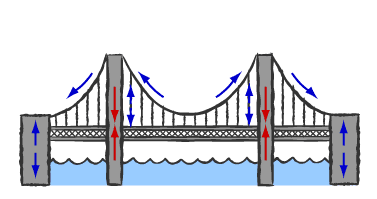
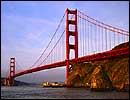
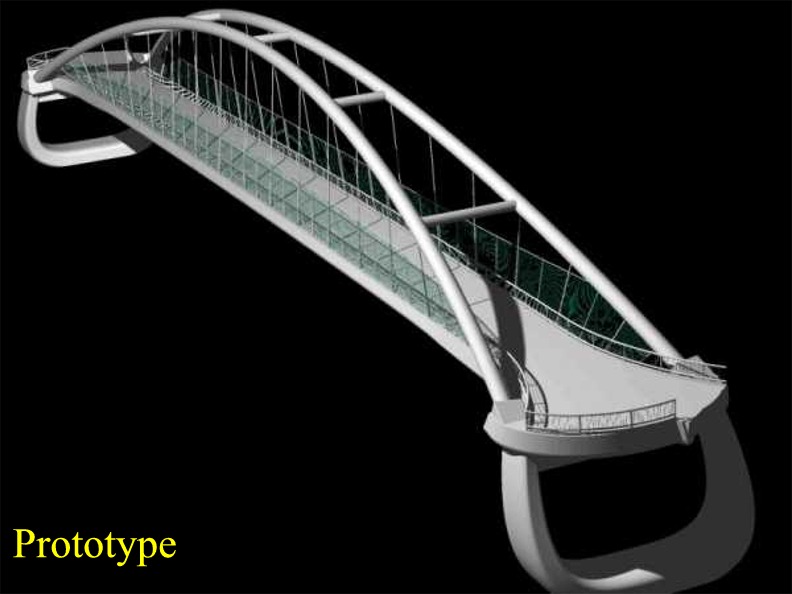
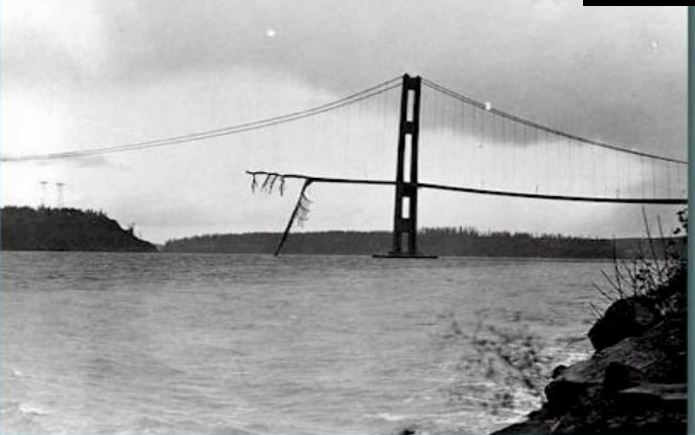
Cable-Stayed Bridge
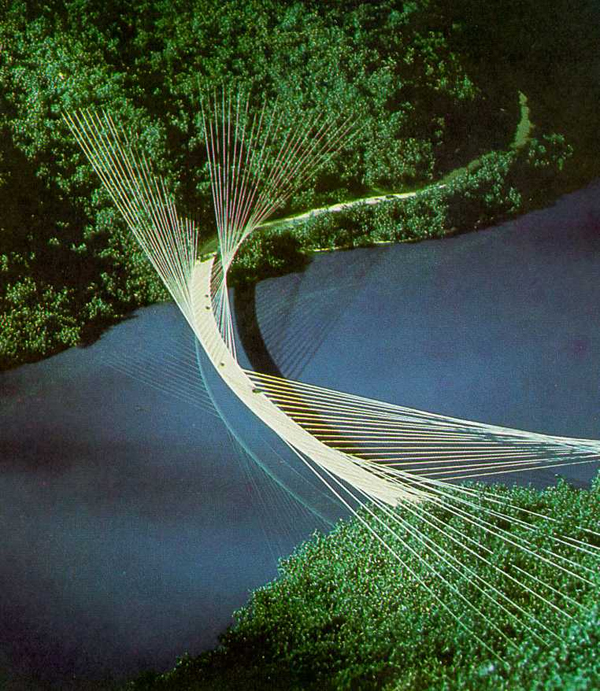
With these concerns in mind, Goldsmith proposed what he called “a hanging arc,” a curved bridge suspended by 80 stayed, high-strength cables attached to anchors embedded in the hillsides. The weight of the deck would have been balanced by the surrounding array of tensile forces.
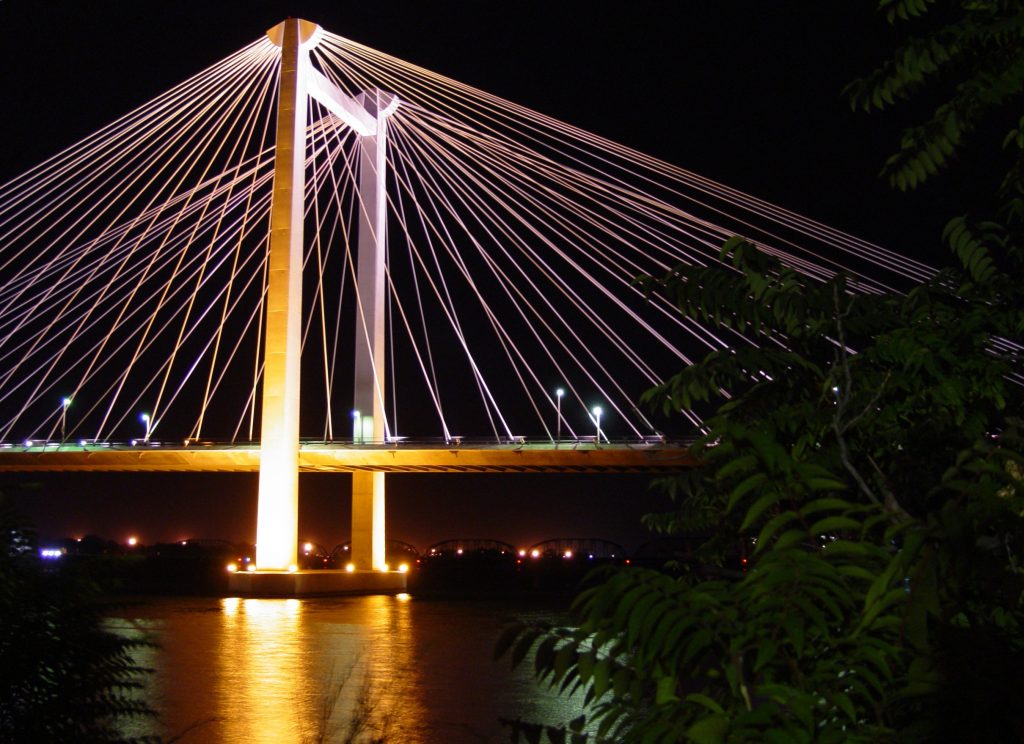
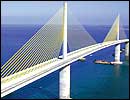
I was the environmental engineer on the project.
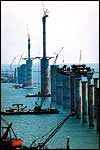
Cable-stayed bridges, like the Sunshine Skyway in Florida, require less cable and can be built much faster than suspension bridges.
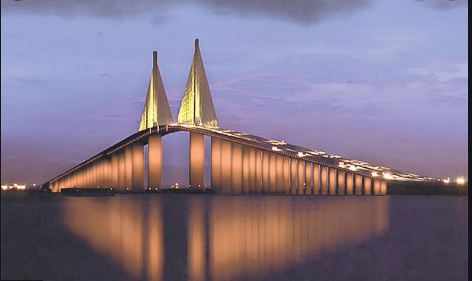
I was the Environmental Engineer for the Sunshine Skyway project. As such I designed a groin and plantings at the south end of the project.
A groyne (in the U.S. groin), built perpendicular to the shore, is a rigid hydraulic structure built from an ocean shore (in coastal engineering) or from a bank (in rivers) that interrupts water flow and limits the movement of sediment. It is usually made out of wood, concrete, or stone. In the ocean, groynes create beaches, prevent beach erosion caused by longshore drift where this is the dominant process and facilitate beach nourishment.
My design was semicircular to encompass the area needed for mitigation of the loss of mangroves as the highway came to shore.
